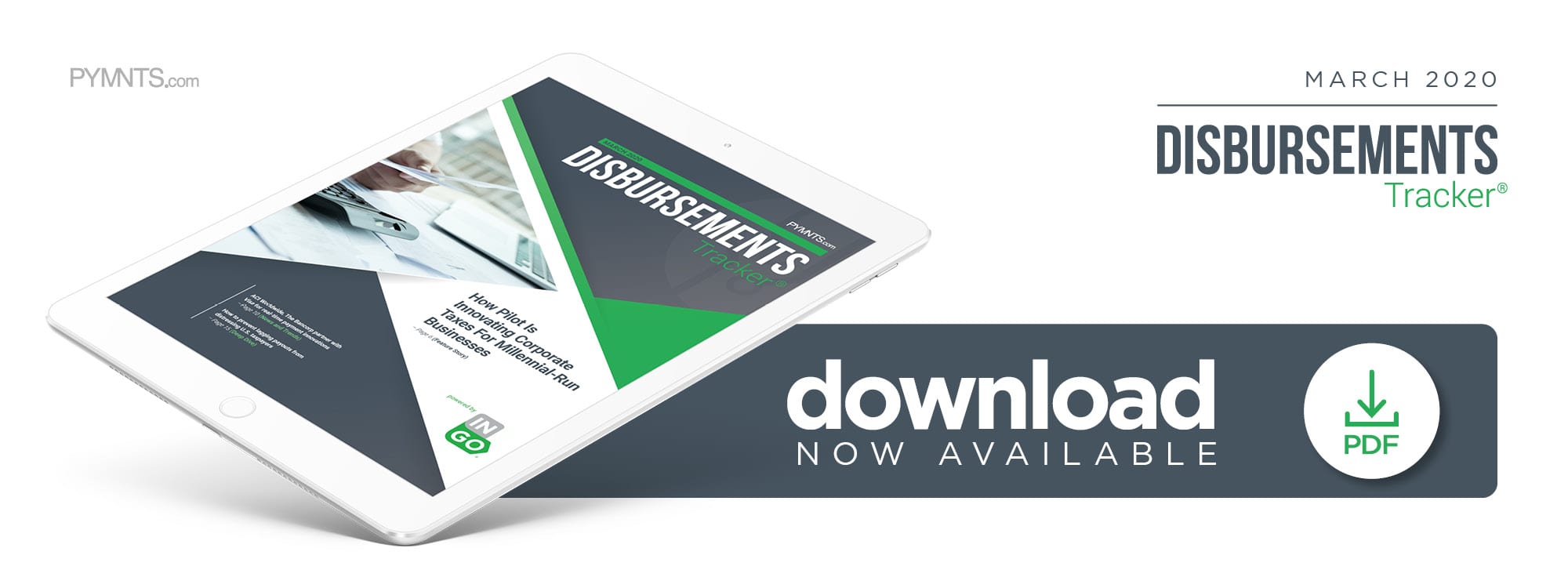Deep Dive: How Lagging Tax Disbursements Cause Financial Strain For Taxpayers

 U.S. consumers appreciate speedy disbursements, especially when receiving their tax refunds. The companies dealing with these refunds and the government agencies granting them cannot always match consumers’ preferred paces, however. This can be problematic because taxpayers often use filings to gauge their financial outlooks, and many rely on their expected refunds to pay bills. Speedier access thus provides tangible benefits to consumers who may have already budgeted their refunds into their yearly finances.
U.S. consumers appreciate speedy disbursements, especially when receiving their tax refunds. The companies dealing with these refunds and the government agencies granting them cannot always match consumers’ preferred paces, however. This can be problematic because taxpayers often use filings to gauge their financial outlooks, and many rely on their expected refunds to pay bills. Speedier access thus provides tangible benefits to consumers who may have already budgeted their refunds into their yearly finances.
The IRS issued refunds for approximately 70 percent of the 155 million returns filed in 2019, with the average payment hovering at $2,869. Many U.S. taxpayers consider their refunds to be exceptionally large one-time revenue sources, with 44 percent calling them the largest single payments they receive during the year. Many still receive paper returns sent via postal mail, however, and know all too well that waiting for such funds can negatively affect their outstanding debts and bills. Digital payments are exciting prospects for these consumers, but just 24 percent of Americans receive taxes and other government disbursements via such methods.
Firms that can quickly process refunds have opportunities to create loyal customers for future tax seasons, however, meaning those that can shorten consumers’ typical 21-day check waits or offer digital and mobile disbursement options could gain an edge over competitors. Education and faster disbursements can ultimately improve consumers’ financial health and benefit taxpayers, tax firms and the government agencies responsible for receiving filings.
Faster Disbursements For Healthier Consumers
Digital tax disbursements are not a new phenomenon, making their slow adoption surprising as more U.S. consumers file online. The IRS reported that 92 percent of the tax returns filed in 2018 — approximately 141.5 million — were sent digitally, and this total is likely to increase as a growing share of tech-savvy consumers become taxpayers.
Checks are still thriving, though, especially as state agencies looking to add digital tax payout methods battle regulatory and fraud concerns. These departments understand paper-based payments’ pitfalls but continue using checks and cash to support unbanked individuals and alleviate lingering cybercrime fears. These tendencies can unfortunately cause agencies to overlook digital disbursements’ implications on residents’ overall financial health.
Digital filing methods allow taxpayers to determine how much money they will receive before their returns are sent, but consumers who choose check disbursements — often because there are no other payment options — still need to wait nearly one month on average before they get their funds. Digital disbursements instead allow payments to directly enter taxpayers’ accounts, thus enabling them to quickly tap into those funds and better determine what to spend or save.
Digital Disbursements Could Build Wealth
Faster disbursements are also important when considering how consumers use their refunds. Digital payments may not eliminate all of their financial stresses, but such options could help them more easily manage or create savings accounts, college funds or retirement plans.
Other consumers allocate their refunds to home improvement plans or vacations, with one recent survey finding that 21 percent plan to immediately spend their full refunds on such projects. This smaller share of consumers could be persuaded to put some of their funds into the local economy, investment opportunities or other financial products to build their individual wealth.
Fifty-three percent of consumers plan to use their refunds to save for future projects. This larger share represents an opportunity for banks, businesses and tax firms, as many of these taxpayers are just beginning to build savings or retirement plans. Banks and businesses that foster trust with these consumers can cultivate financial gains for them over several years, and these funds can eventually be applied to smaller retail purchases as well as larger ones.
Faster disbursements could also alleviate consumers’ debts and related stresses, which could entice them to consider long-term financial goals. Twenty-nine percent of American households have less than $1,000 in savings, and 78 percent of U.S. employees report living paycheck to paycheck, which makes saving funds difficult or even impossible. Tax firms offering faster disbursements could help their customers better manage their bills through educational efforts, however. Such tools could include tax guides or other insights offered through filing platforms.
Faster disbursements must be paired with insightful, personalized financial tools to allow taxpayers to see their full benefits. Instant disbursements play an important role in these individuals’ financial health and will likely continue to do so. The firms that wish to compete in the tax industry must, therefore, continue exploring the tools and methods that are most beneficial to their consumers.
